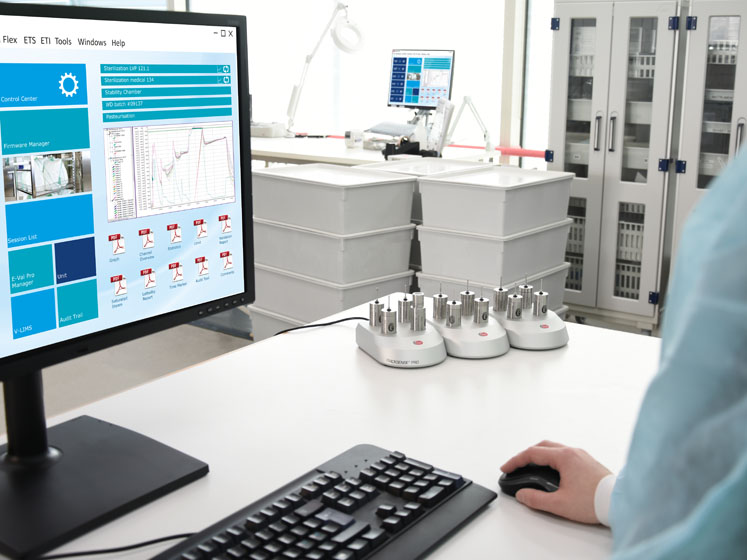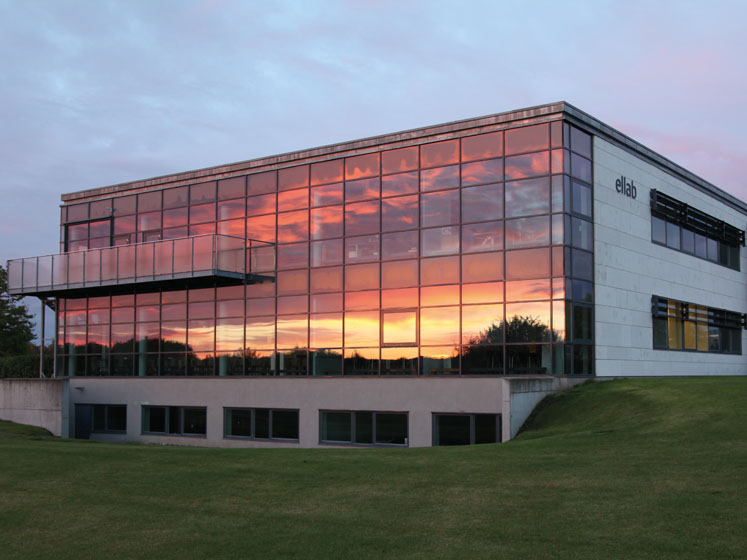Stine Bergman (pictured), Sustainability and Environmental Manager, is passionate about the environment and explains how businesses can benefit along the eco-highway to reach net-zero targets
The roadmap to decarbonising industries requires companies to act now to achieve a net-zero economy by 2050 at the very latest. This usually means implementing wholesale changes. So, what makes a credible net-zero target?
SBTis should be ambitious, robust, clear and practical. To reduce emissions, we need to understand and measure where they’re sourced from in the first place.
To achieve the most ambitious goal of net-zero emissions, set by the Paris Agreement, we must hold the global average temperature increase to well below 2 °C while pursuing efforts to limit the rise to 1.5 °C.

The Greenhouse Gas Protocol introduced Scope 1, Scope 2 and Scope 3 categories to enable companies to understand their full value chain emissions.
What is the scope for progress?
According to www.sciencebasedtargets.org, SBTi companies represented more than a third of the global market in 2021, so more and more businesses are joining the crusade to significantly reduce their carbon footprint. Don’t get left behind! If you want to do something for the environment, this is the tool to figure it out.
Scope 1 covers emissions from sources that an organisation owns or controls directly; Scope 2 relates to those that a company causes indirectly when the energy it purchases and uses is produced; Scope 3 encompasses emissions that are from products sourced from suppliers.
First, make sure you understand the processes surrounding the different scopes. Engage experts if needed or consult a company that is on the same path. We have an environmental policy in place and a sustainable strategy. We have achieved ISO accreditations 14001 and 9001 and completed an Energy Review with the focus on electricity consumption.
Once you have thoroughly prepared the scopes and set your targets, then the real work begins. Having a policy and strategy in place helps set out a roadmap that’s specific for each scope. Also, keep employees in the loop about what you are doing.
Keeping stakeholders in the loop
As well as engaging the workforce in the process, also connect with partners and suppliers. Getting your employees on board is crucial. Explain what you are doing, why you are doing it and what’s to be gained.
For example, there are practical things such as turning off lights and PCs at night, converting fleets to electric vehicles and adding motion sensors to lights to save energy.
Businesses can be paper intensive. Digitising form-filling reduces the need to print and post out multipage volumes. Giving customers access to important documents online or in an email saves an incredible amount of paper, ink and postage.

It’s crucial that scope calculations are as accurate as possible. All stakeholders need to be part of the process because, otherwise, you won’t get anywhere. You can set all the science-based targets you want but you’ll never reach them if not everybody is on board — and that goes for your suppliers too.
Purchasing goods and services is a key element for the SBTi. Start by selecting a couple of your closest suppliers so that they feel part of the solution … rather than a burden. Meet them face to face and make them aware how important it is that they are part of the process and how they can benefit from your company’s sustainability ethos.
At Ellab, we did an employee commuting survey. This is personal information that might meet with some scepticism from workers but, whatever their mode of travel, make it clear that you’re not using the data to make them move house, buy another car or force them to take public transport or ride a bike. The data is only required to provide accurate carbon reduction targets.
However, is it always necessary and of benefit to a customer to use a car or take a plane to see them face to face — or could technology such as Microsoft Teams sometimes be used? These are questions that need to be asked.
It’s not saying that every journey has to be by public transport or you’re not allowed to fly anymore; it’s just about getting the right mindset and thinking about what would be the best solution in each case.
A small idea can lead to significant benefits
In one of our subsidiary divisions, it was the humble milk bottle that kick-started the eco-journey. The firm realised that its works canteen was getting through approximately 700 four-pint plastic milk bottles a year, prompting a rethink to make its employees’ drinks less harmful to the environment.

Ellab’s tea and coffee is now supplemented with milk from reusable glass bottles, which are delivered daily. The empties are then collected every morning and reused, which is better for the planet.
We have also eliminated plastic from packaging, replacing it with recyclable and recycled paper, tape and cardboard boxes, down to toilet rolls and towels, which are supplied without any plastic outer wrapping. In addition, we are recycling paper waste and leftover food, investing in energy efficient technology on the production line to deliver more environmentally friendly products.
The steps we have taken at Ellab have already produced tangible results. Encouraging awareness of the common goal and benefits of reducing our carbon footprint gets departments and individuals working more closely together … and questioning processes.
Our electricity bill has gone down, far less waste is going to landfill and more is being recycled, while our R&D department is working on making our products more sustainable and easier to disassemble for disposal.
Why should companies undertake this challenge?
There is a growing realisation that time is running out to repair the planet. Pursuing net-zero targets sends a positive message to customers wanting to do business with you, while enforcing an image that if you care about the environment, you also care about the well-being of employees and the local community.
At Ellab, we are confident that we have the scope to transform our validation, calibration and monitoring business way beyond reducing our CO2 emissions. We are significantly increasing our efforts to ultimately secure a sustainable future, which we also expect will deliver economic benefits both upstream and downstream. Why wouldn’t you follow suit?




